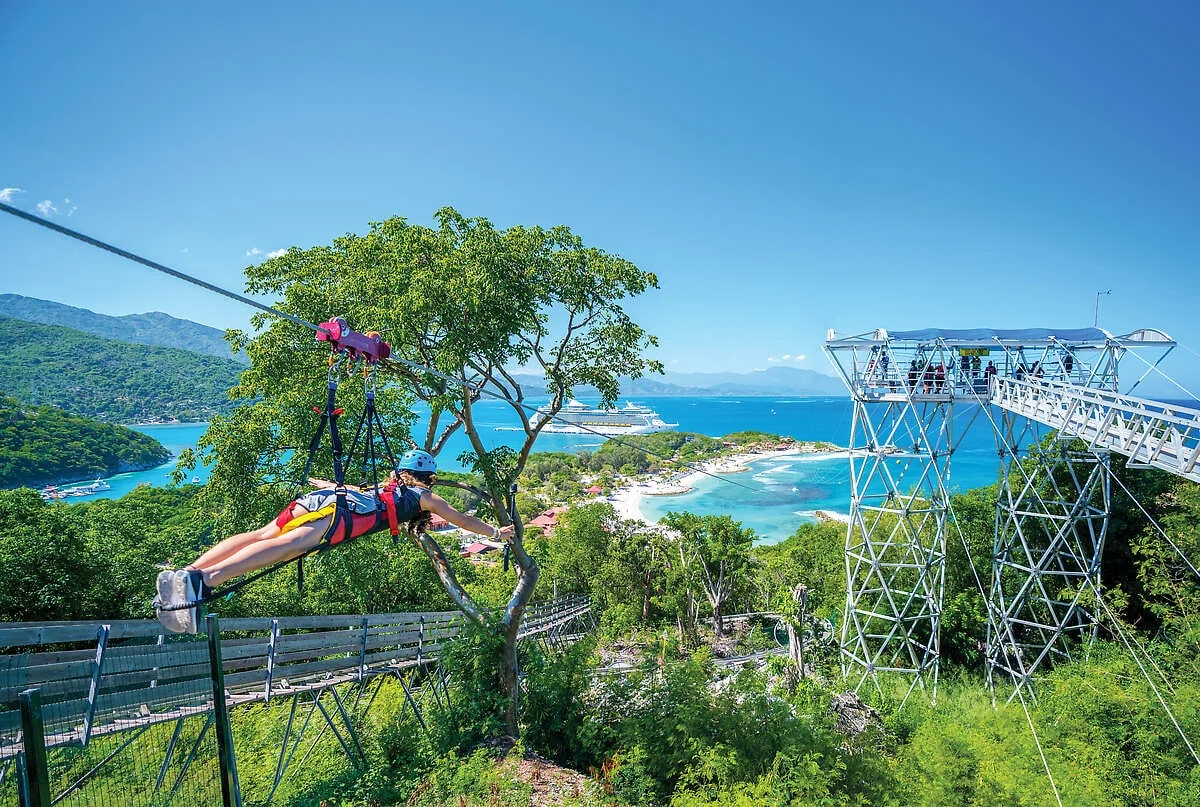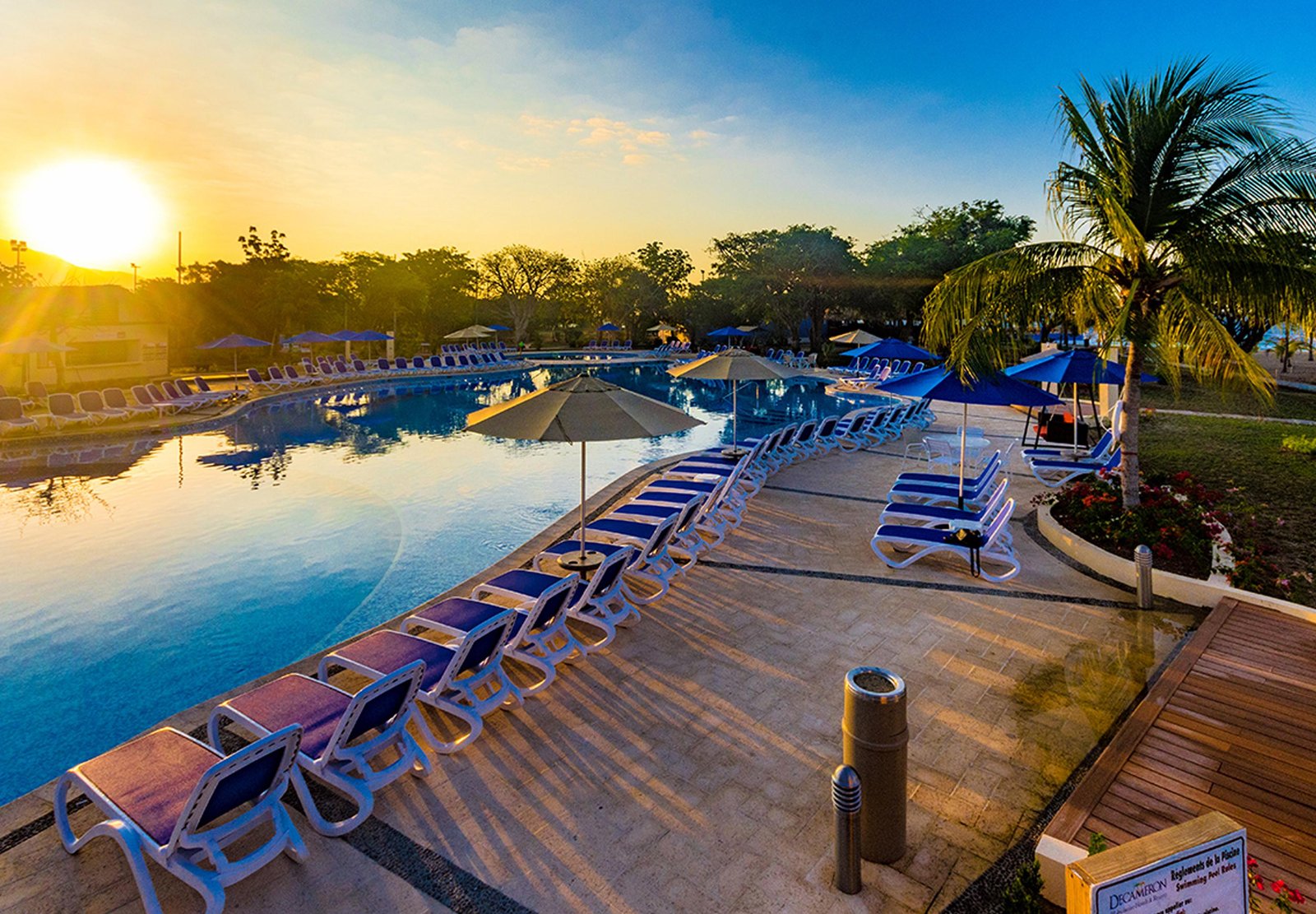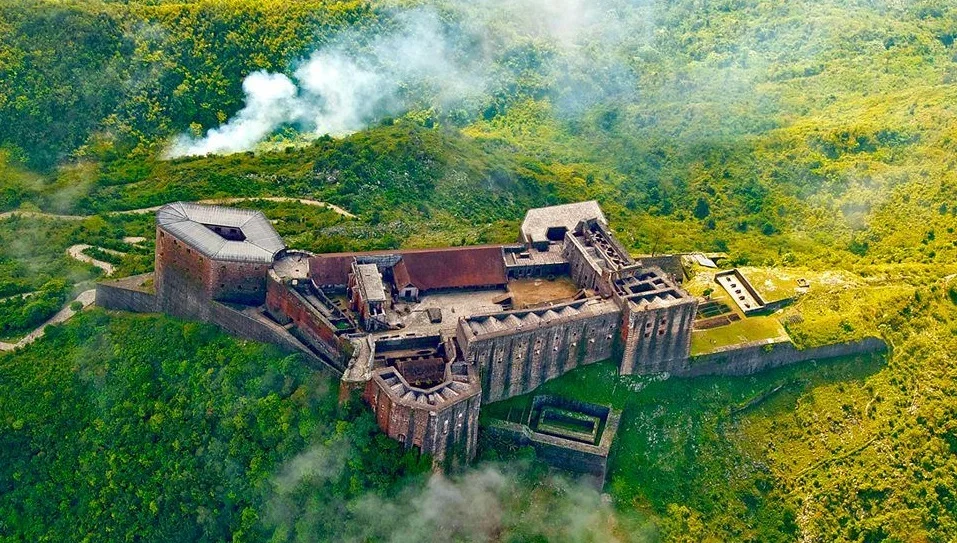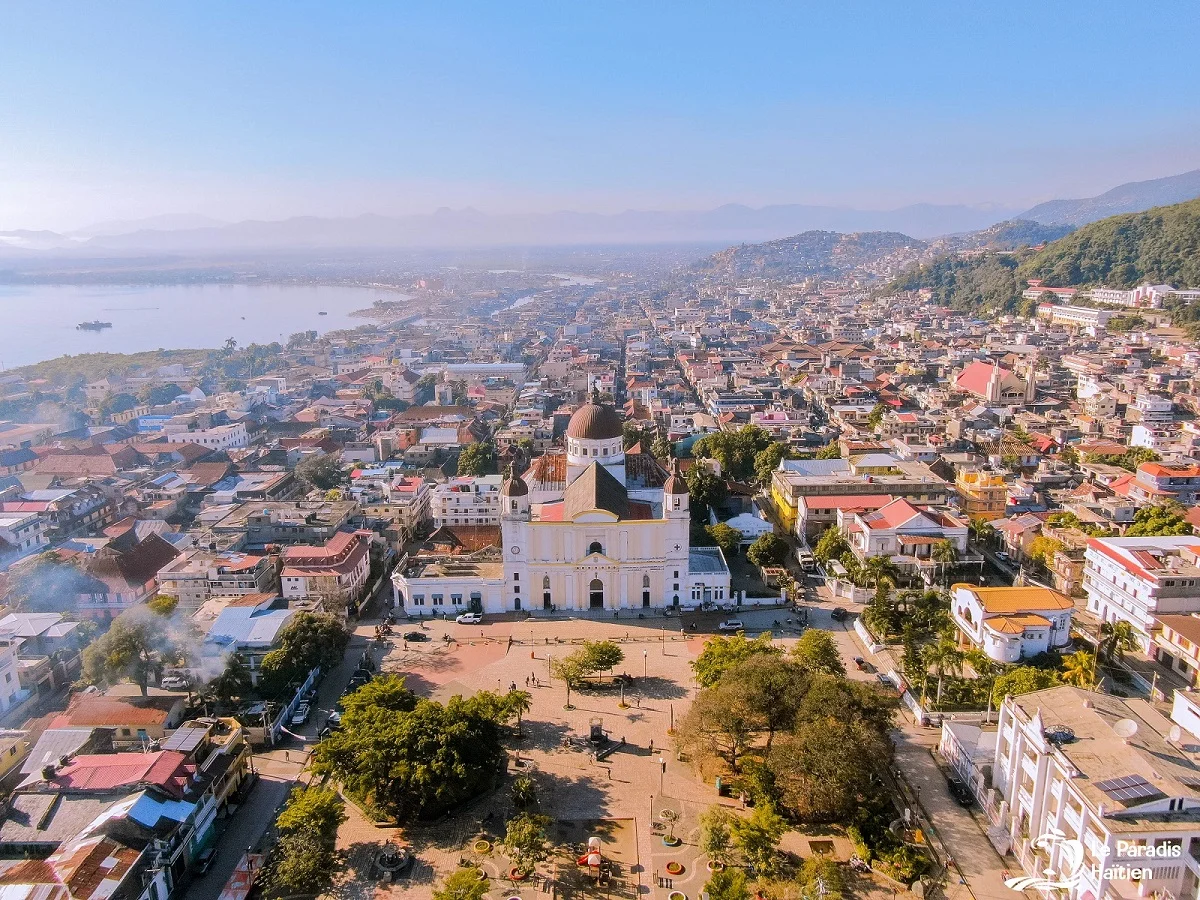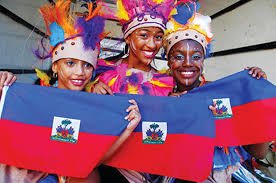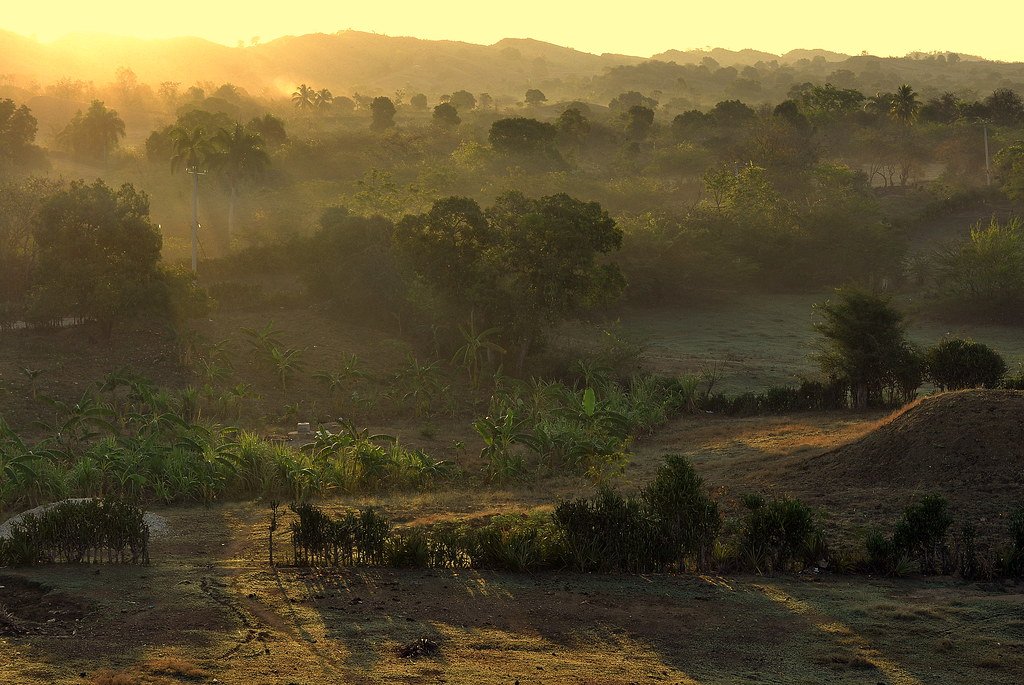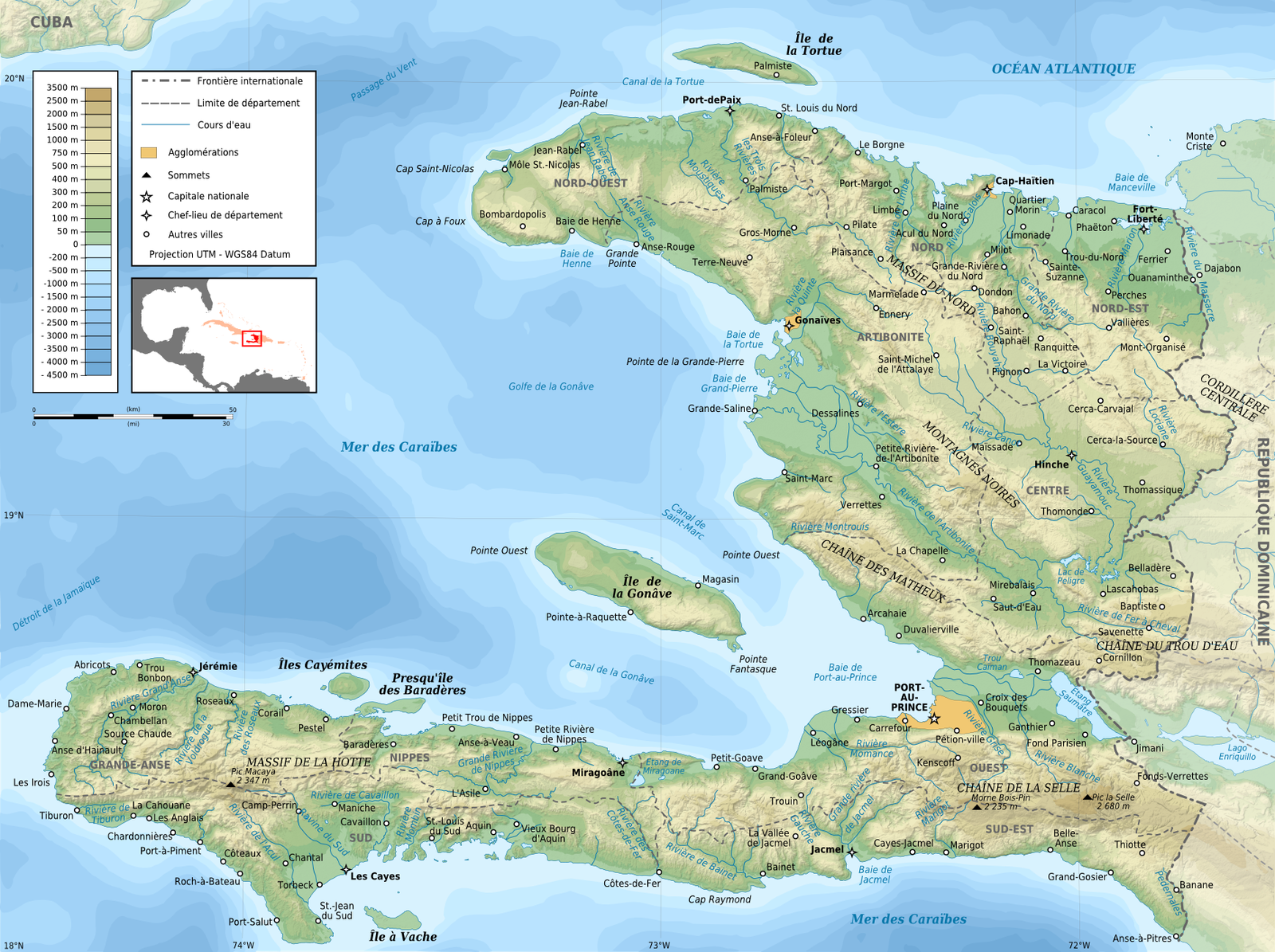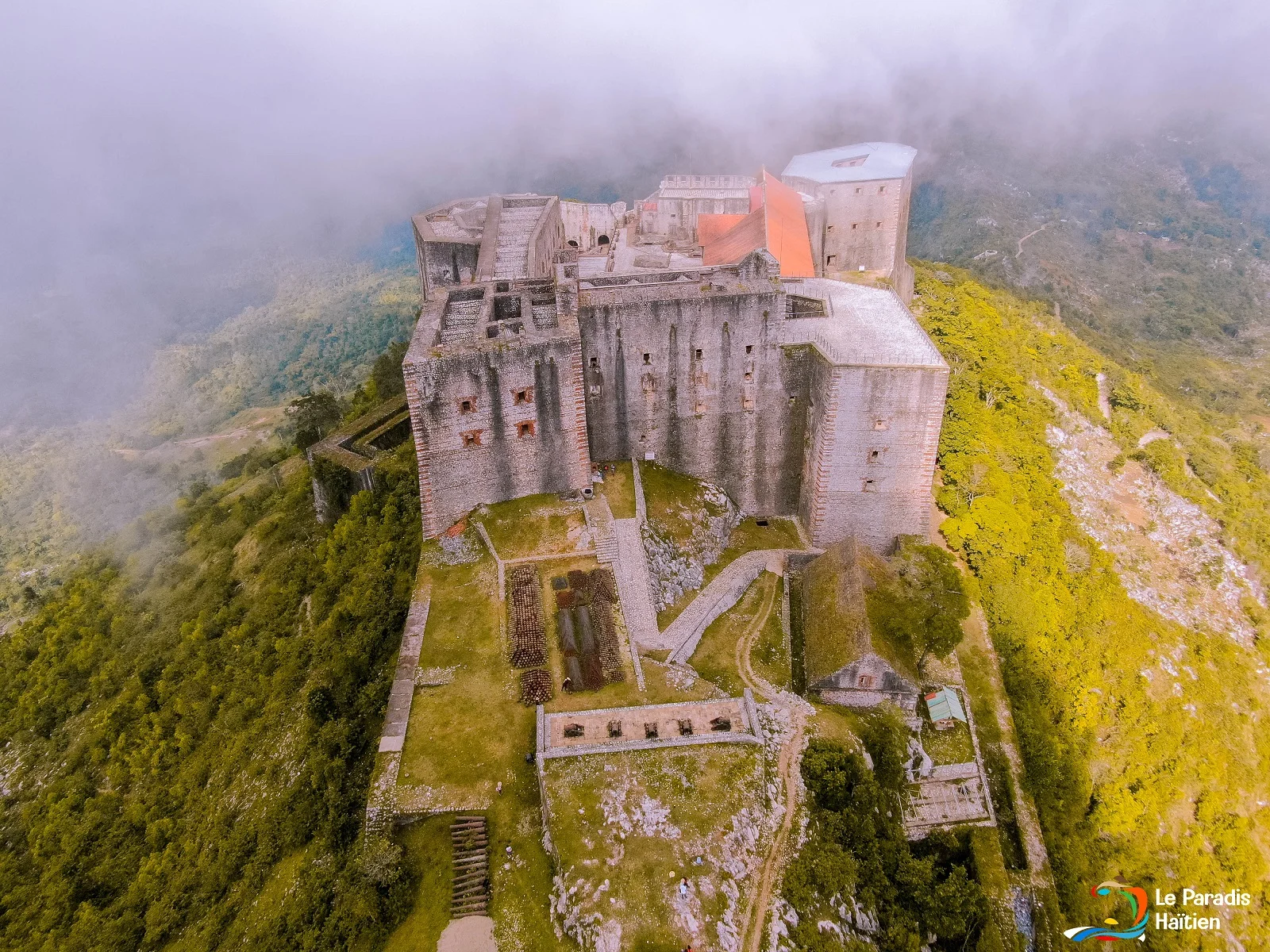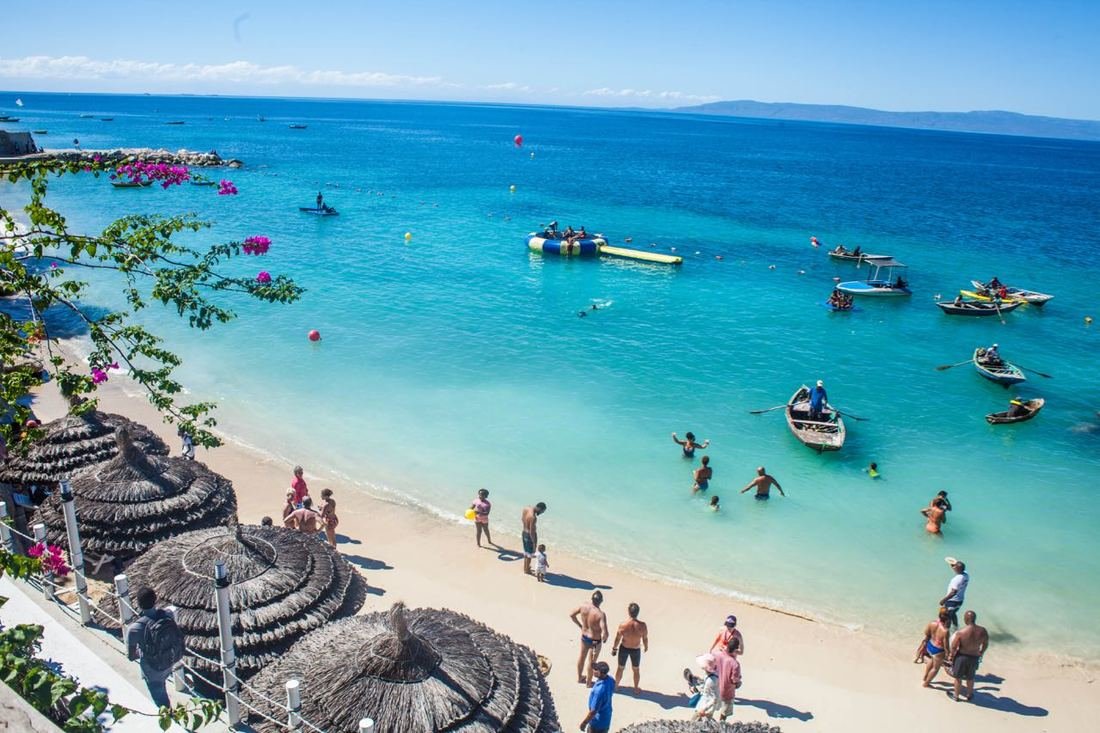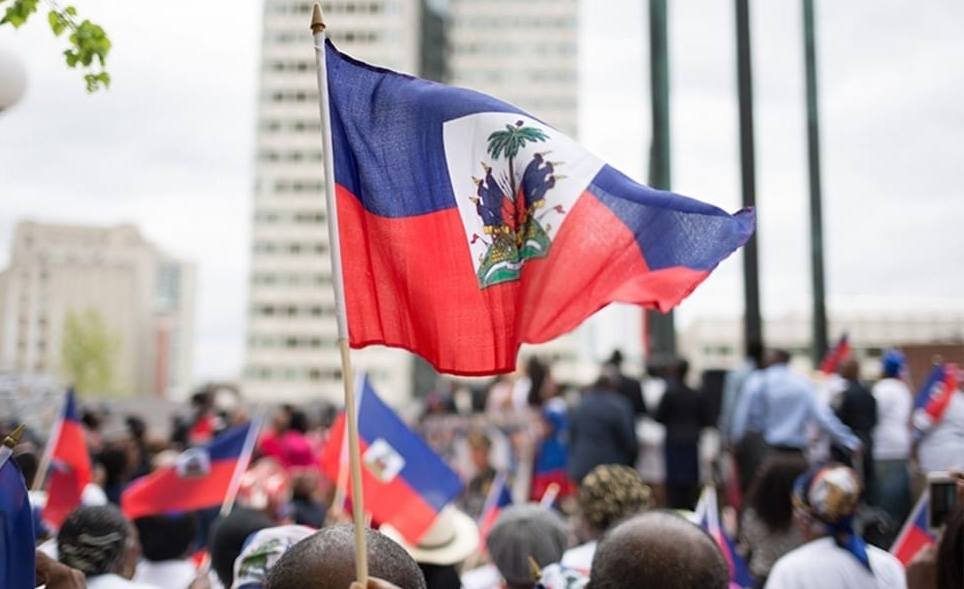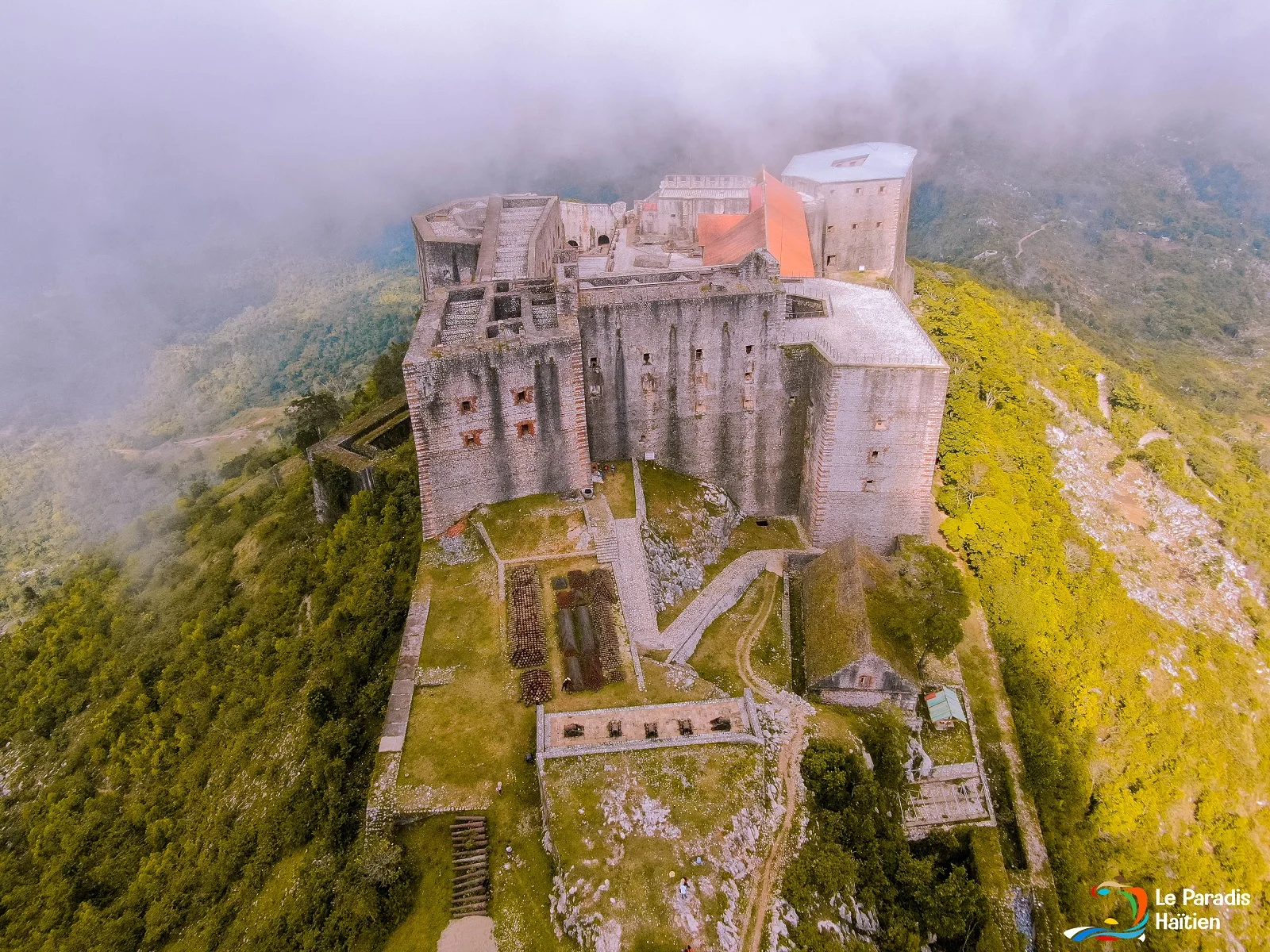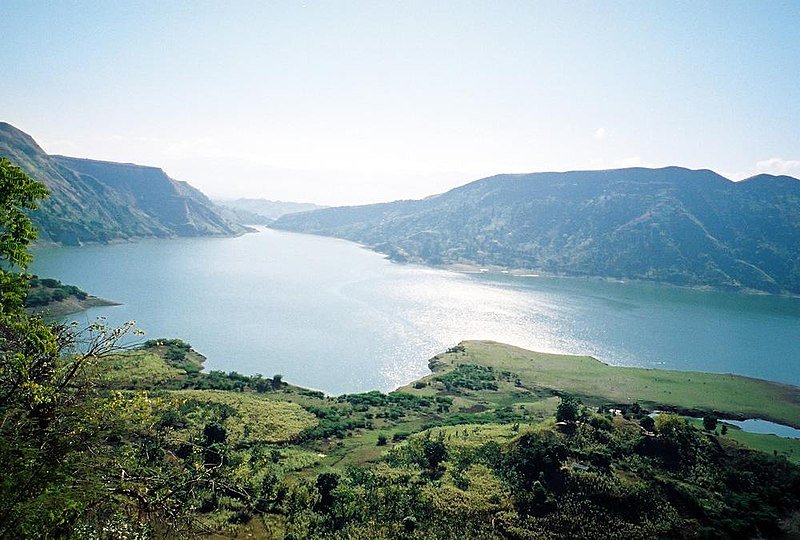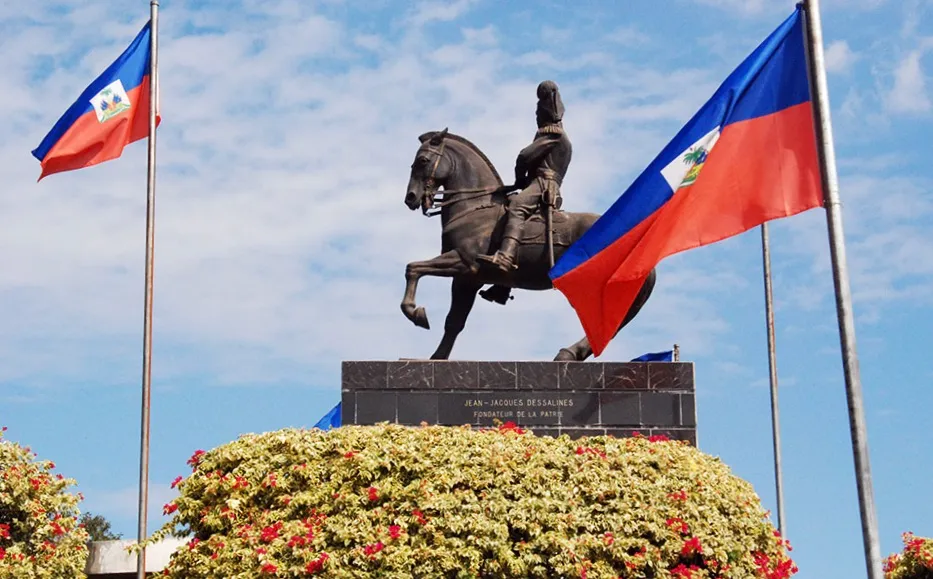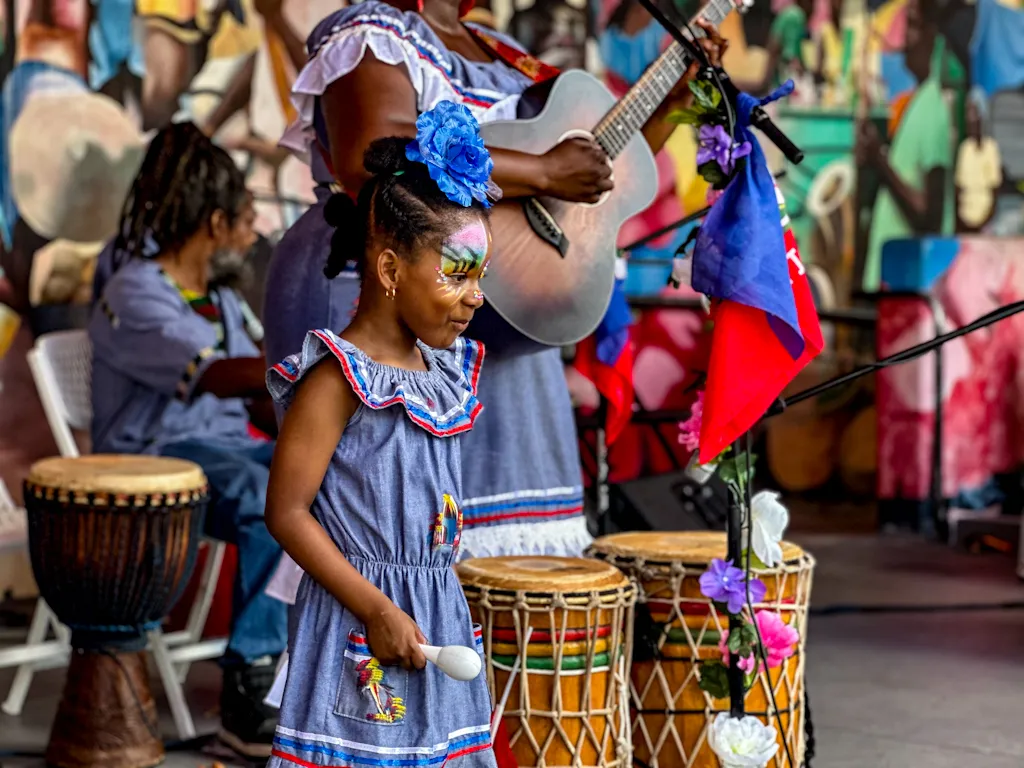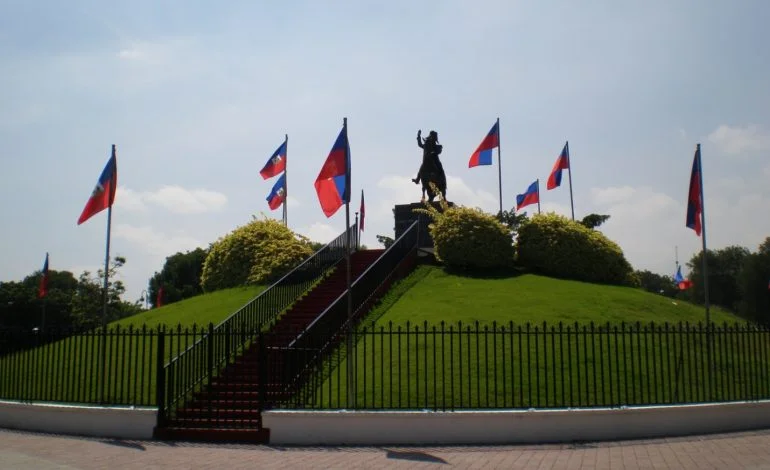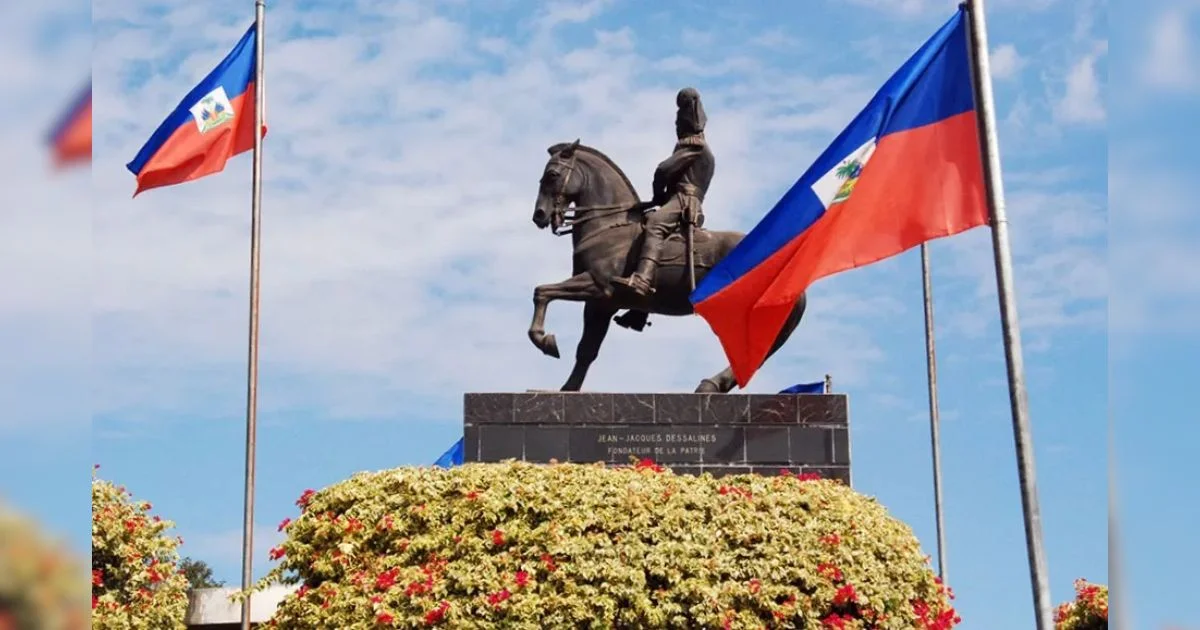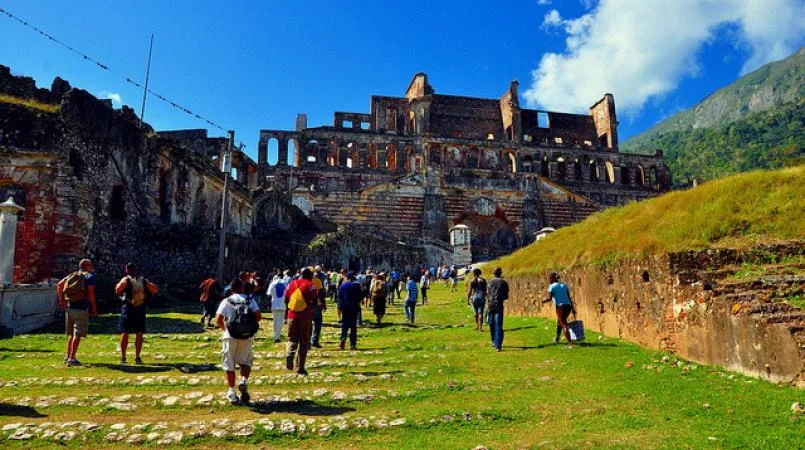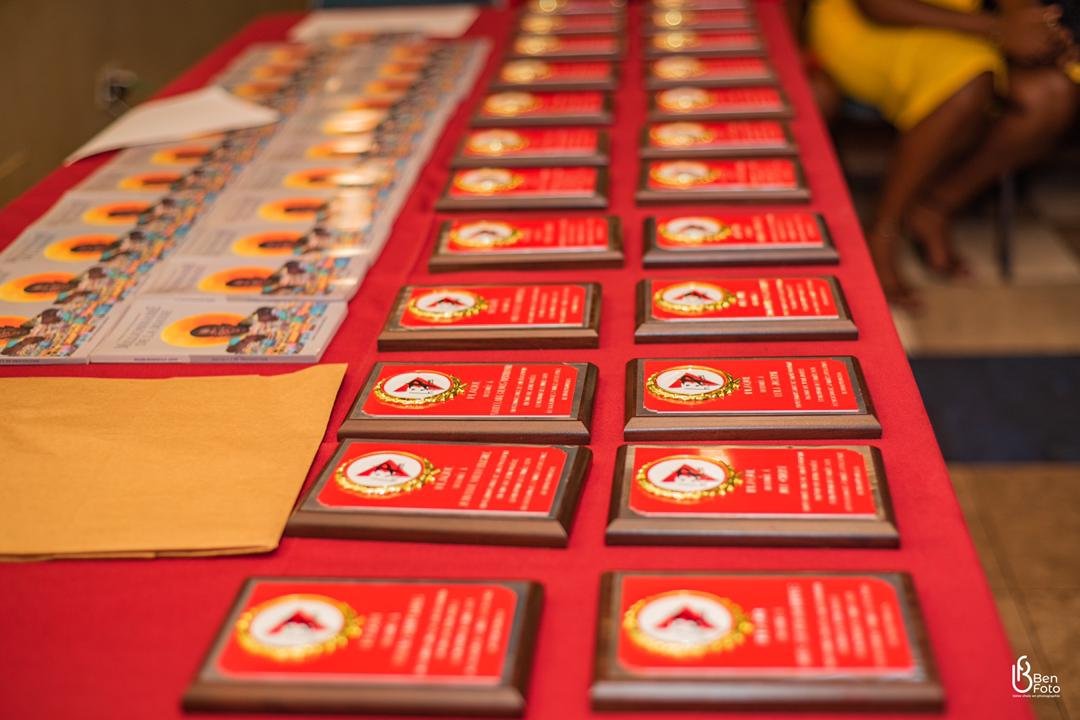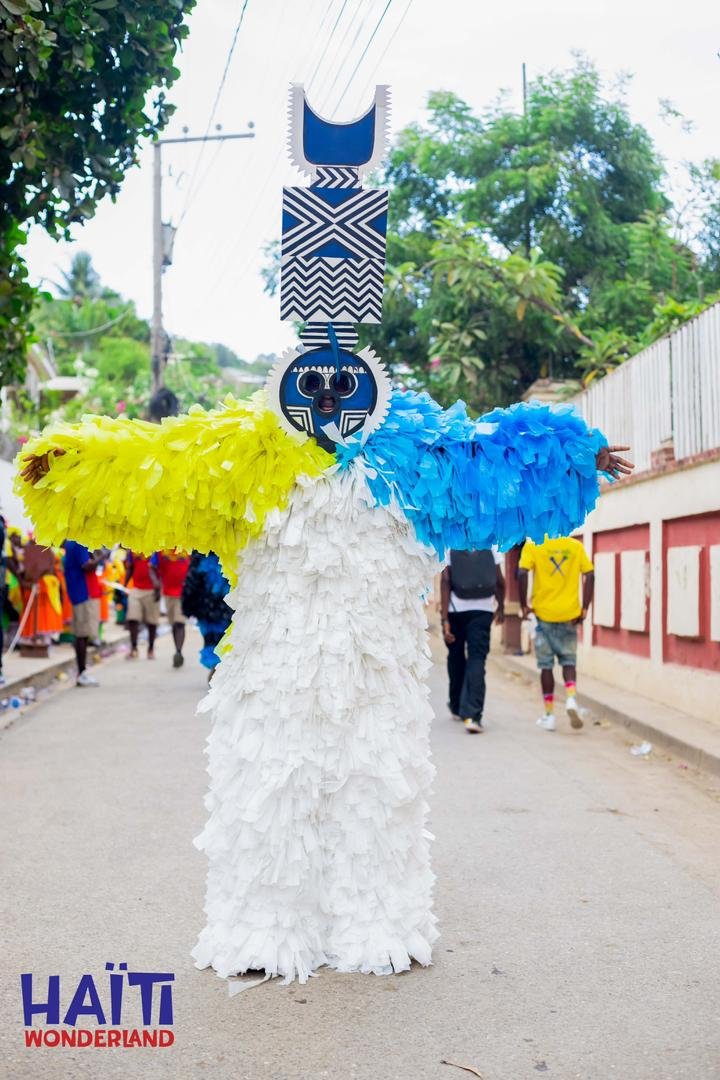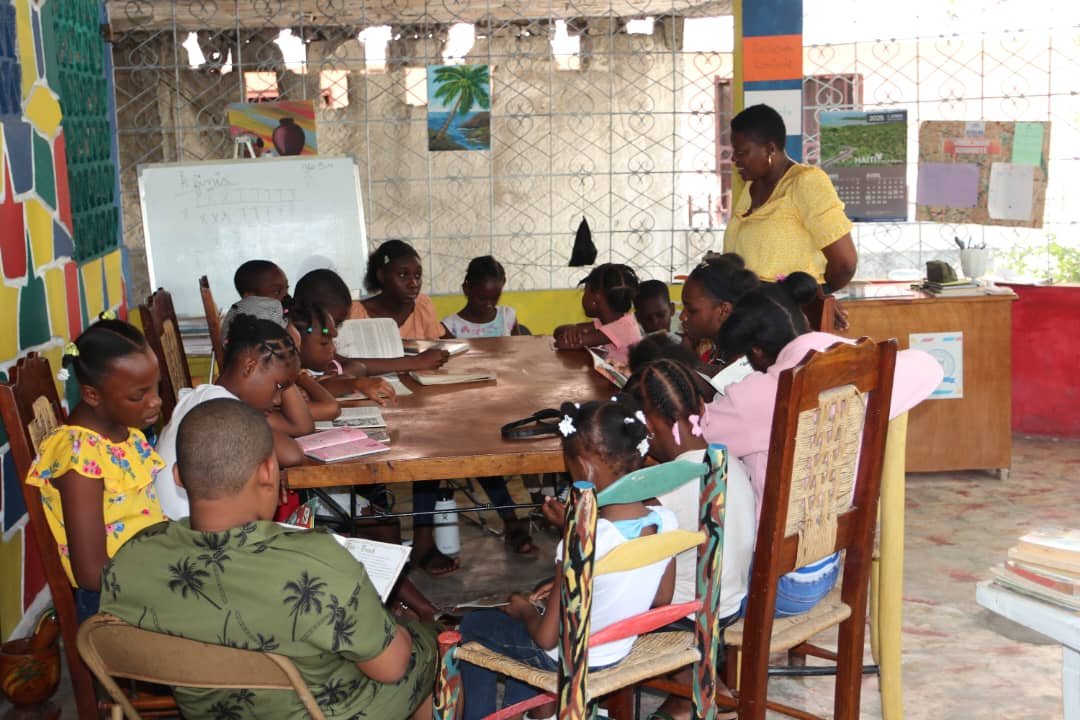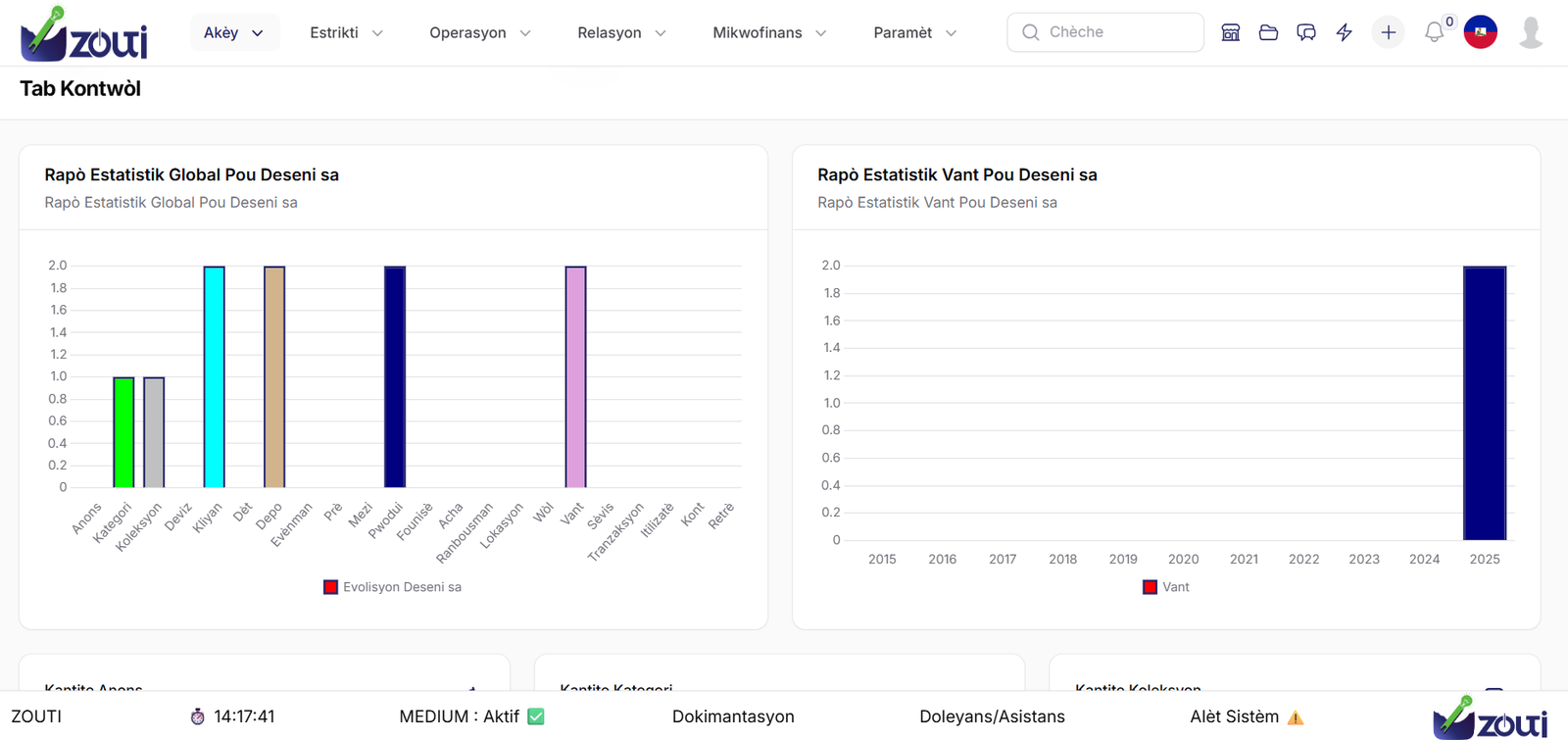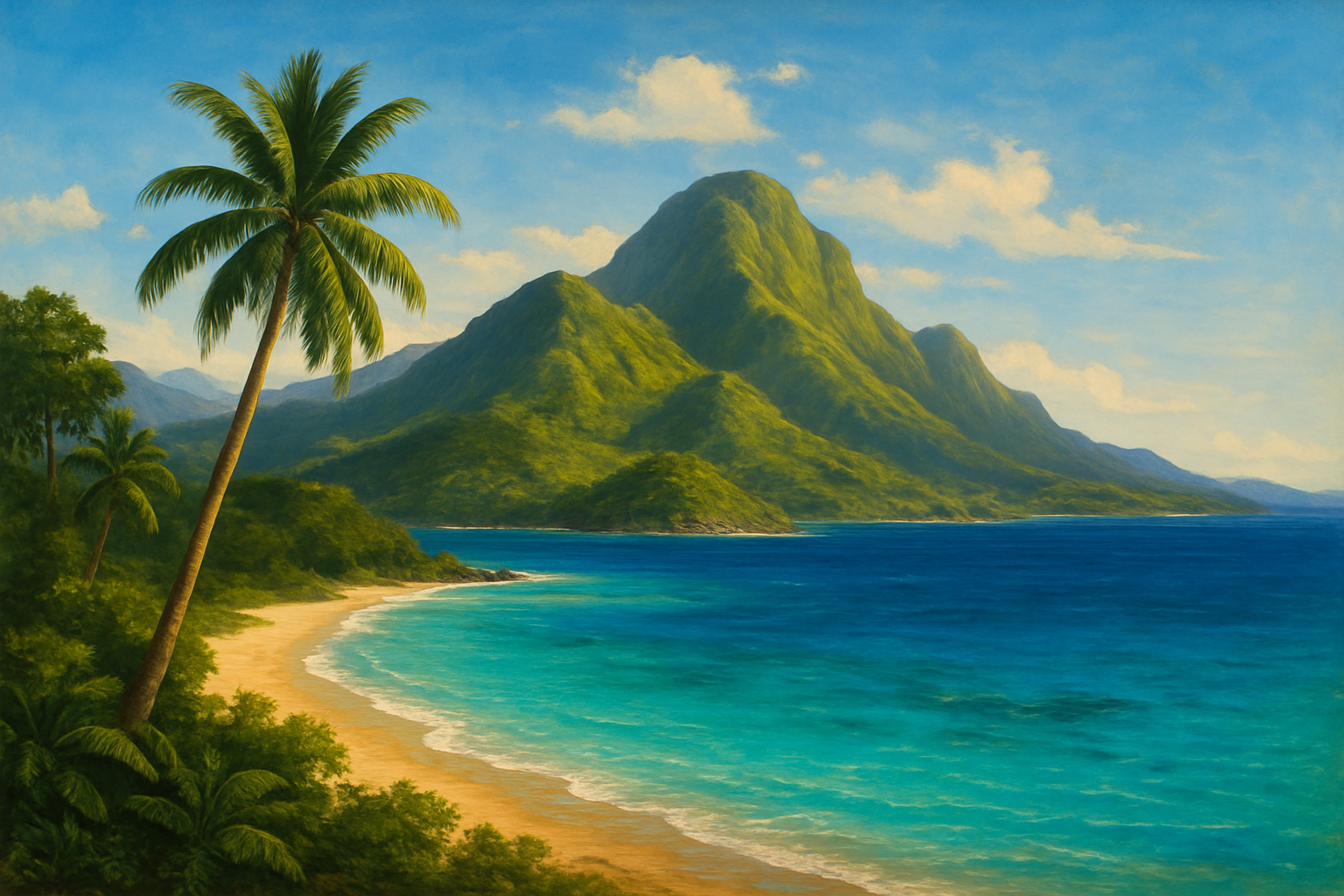Quelle est la longueur d’Haïti ?
La longueur d’Haïti, mesurée d’ouest en est, est d’environ 650 kilomètres. Ce chiffre illustre l’étendue de ce pays qui partage l’île d’Hispaniola avec la République dominicaine. Dans cet article, nous explorons en détail les dimensions géographiques d’Haïti, ainsi que leur influence sur la diversité et l’organisation du pays.
Une géographie unique et diversifiée
Avec une longueur d’environ 650 kilomètres, Haïti se distingue par une géographie complexe qui mêle montagnes, vallées et plaines. Situé dans les Caraïbes, ce pays possède une topographie variée, et sa forme allongée contribue à ses paysages contrastés.
Les principaux axes géographiques incluent :
- La chaîne de la Selle, qui s’étend du sud-est vers l’ouest et abrite le pic la Selle, le point culminant d’Haïti à 2 680 mètres.
- Les plaines côtières, comme celle de l’Artibonite, qui sont essentielles pour l’agriculture.
- Les péninsules nord-ouest et sud, qui donnent au pays sa forme caractéristique.
Ces particularités géographiques influencent à la fois le climat et la distribution des activités économiques et sociales.
Une largeur modeste mais significative
Alors que la longueur du pays est impressionnante, sa largeur moyenne est beaucoup plus modeste, variant entre 190 et 230 kilomètres. Cette configuration donne à Haïti une étroite bande de territoire bordée par l’océan Atlantique au nord et la mer des Caraïbes au sud.
La largeur limitée du territoire a des implications majeures :
- Elle favorise un accès rapide aux côtes pour la plupart des populations, contribuant au développement des activités maritimes.
- Elle crée une proximité entre les régions, bien que les montagnes rendent parfois les déplacements difficiles.
L’influence des dimensions sur le développement économique
La longueur d’Haïti joue un rôle important dans la répartition des ressources et des infrastructures. Les axes routiers, tels que la Route Nationale 1 et la Route Nationale 2, traversent le pays de part en part, reliant les principales villes comme :
- Port-au-Prince, la capitale située au centre du pays.
- Cap-Haïtien, dans le nord, un pôle économique et culturel important.
- Les Cayes, dans le sud, une région agricole clé.
Cependant, les infrastructures de transport restent un défi majeur pour Haïti en raison de la difficulté à traverser les zones montagneuses.
Les chiffres clés d’Haïti
Voici quelques données géographiques clés pour mieux comprendre l’étendue et les caractéristiques du pays :
- Superficie totale : 27 750 km².
- Longueur côtière : Environ 1 771 kilomètres, offrant une abondance de plages et de paysages marins.
- Frontière terrestre avec la République dominicaine : 376 kilomètres.
Ces chiffres reflètent non seulement la taille du territoire, mais aussi son potentiel touristique et économique.
Un territoire chargé d’histoire et de culture
La longueur d’Haïti reflète également la richesse de son patrimoine culturel et historique. D’est en ouest, le pays regorge de sites emblématiques comme la Citadelle Laferrière, le Palais Sans Souci et les plages de Labadie.
Chaque région contribue à la diversité culturelle d’Haïti, que ce soit à travers la musique, la cuisine ou les traditions locales.
Des défis liés aux dimensions géographiques
Bien que la longueur du pays lui offre une diversité exceptionnelle, elle pose aussi des défis. Les longues distances, combinées à un réseau routier souvent inadapté, compliquent le transport des biens et des personnes.
De plus, la gestion des ressources naturelles, comme les rivières qui traversent le pays, nécessite des efforts coordonnés pour prévenir les inondations et l’érosion.
Conclusion : Une longueur pleine de promesses
Avec ses 650 kilomètres de longueur, Haïti est un pays aux multiples facettes, où chaque région offre des paysages, des cultures et des opportunités uniques. Cette caractéristique géographique, loin d’être une simple donnée, est une clé pour comprendre la diversité et le potentiel d’Haïti.
Connaissez-vous d’autres faits intéressants sur la géographie d’Haïti ? Partagez-les dans les commentaires pour enrichir cette discussion !










